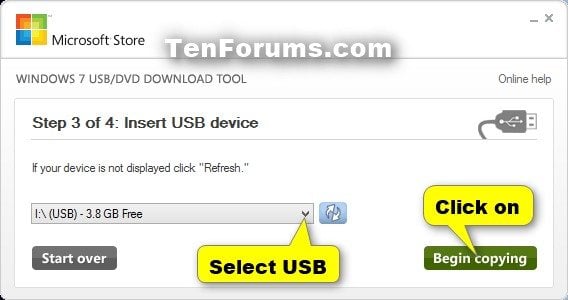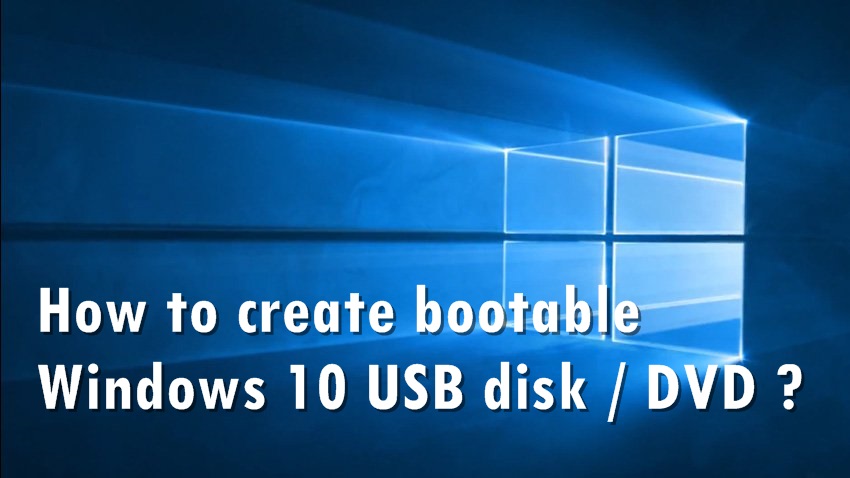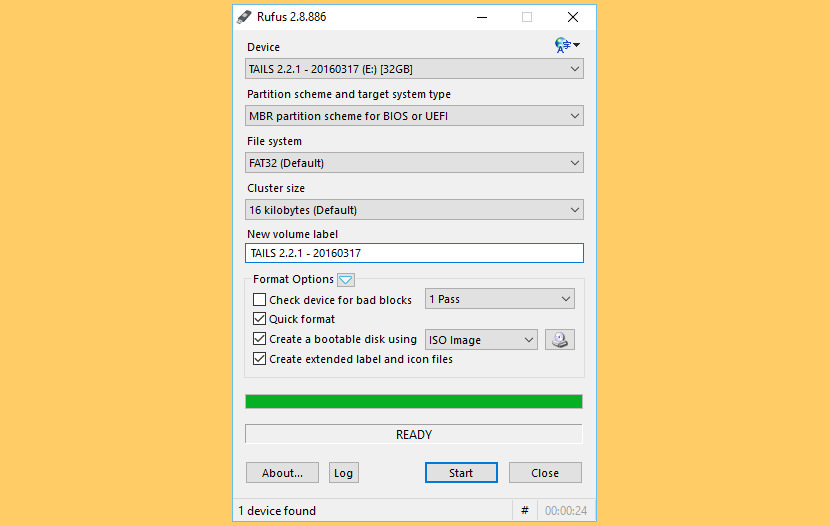

Do mind that depending on the drive size, number of passes, and USB drive speed, it takes quite a bit of time to complete the verification process. For that, all you have to do is, select the checkbox “check device for bad blocks” under format options and you are good to go. On the Windows Setup page, select your language, time and keyboard preferences and.

Once in the Windows Recovery Environment, choose to boot from the USB drive. Restart your PC while holding the Shift key to boot into the Windows Recovery Environment (WinRE). Rufus also checks the USB drive for any bad blocks. Attach the USB flash drive to the PC on which you want to clean install Windows 11. These options are beneficial when you are creating BIOS, firmware, or other low-level drives. Moreover, you get various different options like the ability to change the partition scheme, cluster size, and file system. Add to that, Rufus is much faster than the other apps when it comes to creating bootable Windows USB drives.

Rufus not only lets you create bootable USB for different kinds of operating systems but you can also use it to flash BIOS, firmware, and run low-level utilities. When it comes to creating bootable USB drives in Windows, Rufus is the best, free, open-source, and easy-to-use software. Read: How to Use USB Flash Drive on Android and iOS USB Bootable Software 1.


 0 kommentar(er)
0 kommentar(er)
